The Future of PF: Trends and Predictions for Employers
Stay ahead of the game with insights on the future of PF, including trends and predictions for employers. Learn how to adapt your strategies to attract and retain top talent in a rapidly evolving job market.
The Future of PF: Trends and Predictions for Employers
As we look towards the future of Provident Funds (PF), it is clear that there are several emerging trends and predictions that employers need to be aware of. PF schemes are an essential part of employee benefits packages, providing workers with a safety net for their retirement. In this blog, we will explore some of the key trends shaping the future of PF and what employers can do to stay ahead of the curve.
1. Increasing Importance of PF in Employee Benefits
With the changing landscape of work and the rise of the gig economy, more and more employees are looking for comprehensive benefits packages that provide financial security in the long term. As a result, Provident Funds are becoming increasingly important as part of the overall employee benefits offering. Employers need to recognize this trend and ensure that their PF schemes are competitive and attractive to potential recruits.
2. Emphasis on Socially Responsible Investing
Another key trend in the world of PF is the growing emphasis on socially responsible investing. Many employees today want their retirement savings to be invested in companies that align with their values and ethics. Employers should consider offering PF schemes that incorporate Environmental, Social, and Governance (ESG) criteria to appeal to a wider range of employees and demonstrate a commitment to sustainability.
3. Digital Transformation of PF Management
As technology continues to advance, employers can expect to see a digital transformation in the way PF schemes are managed. This includes the use of online portals for employees to track their PF contributions, as well as the integration of artificial intelligence and automation to streamline administrative processes. Employers should invest in user-friendly digital platforms to improve employee engagement and make PF management more efficient.
4. Personalization of PF Benefits
Gone are the days of one-size-fits-all benefits packages. Employees today expect personalized offerings that cater to their individual needs and preferences. This trend extends to PF schemes as well, with employees seeking customized investment options and flexible contribution levels. Employers should work with financial advisors to design PF schemes that can be tailored to meet the diverse needs of their workforce.
5. Focus on Financial Literacy and Education
One of the biggest challenges for employees when it comes to PF is a lack of understanding of how the schemes work and the importance of saving for retirement. Employers can address this issue by placing a greater emphasis on financial literacy and education in the workplace. Providing workshops, seminars, and online resources to help employees make informed decisions about their PF contributions can lead to better outcomes in the long run.
6. Regulatory Changes and Compliance Requirements
Finally, employers need to stay informed about the regulatory changes and compliance requirements related to PF schemes. Governments may introduce new legislation or make amendments to existing laws that could impact how PF contributions are managed and taxed. Employers must ensure that they are up to date with these changes and adjust their PF schemes accordingly to remain compliant.
In conclusion, the future of PF is evolving rapidly, driven by changing employee expectations, advancements in technology, and a focus on sustainability. Employers who are proactive in adapting to these trends and predictions will be better positioned to attract and retain top talent while providing their workforce with a secure financial future.
Latest Updates
ca4filings.com Services
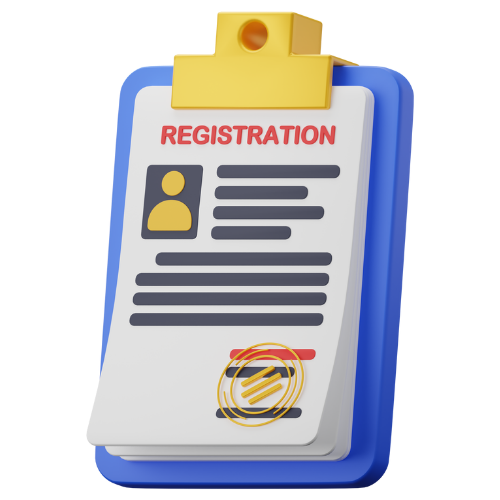




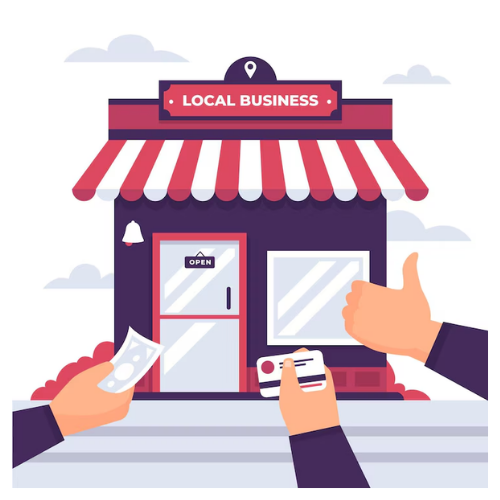
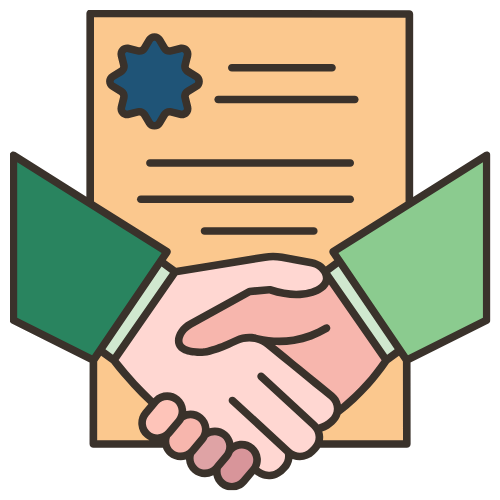
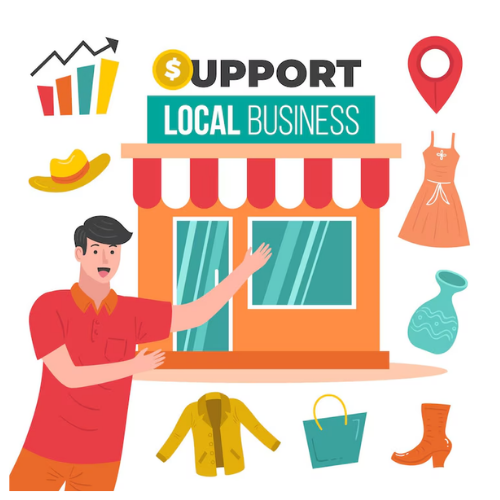

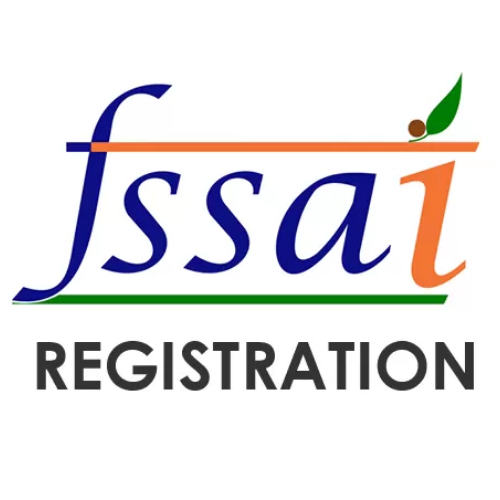
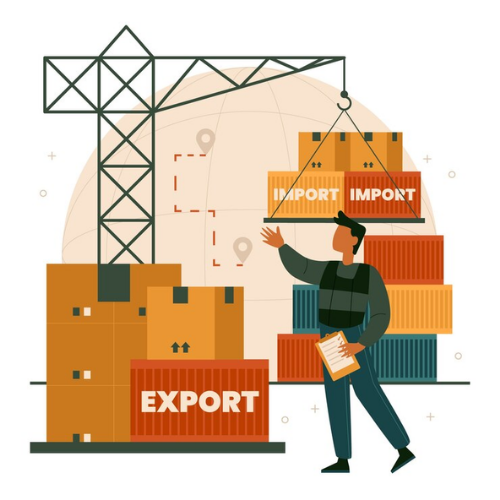





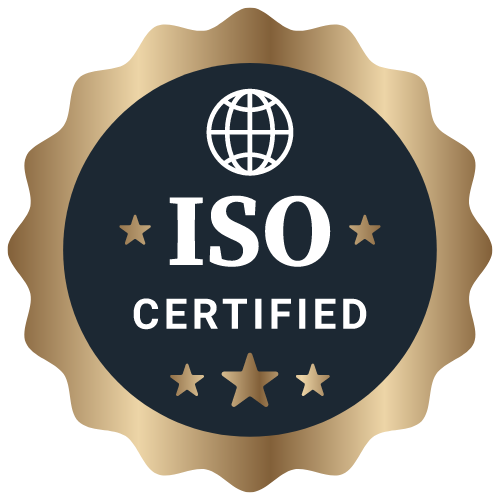


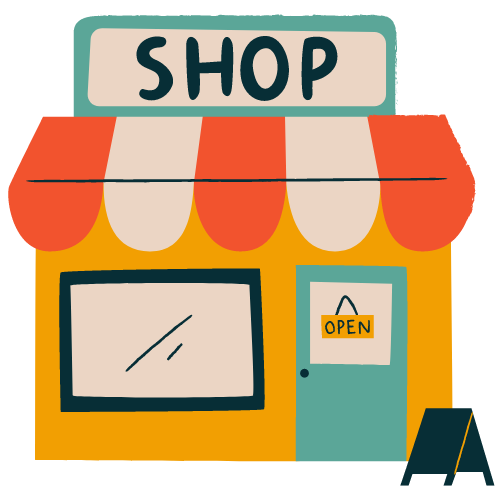

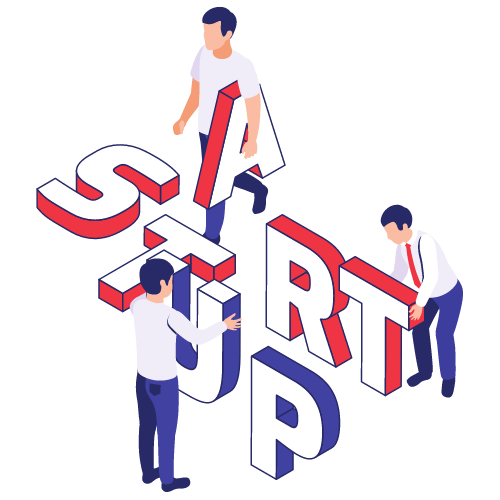






-registration.png)



